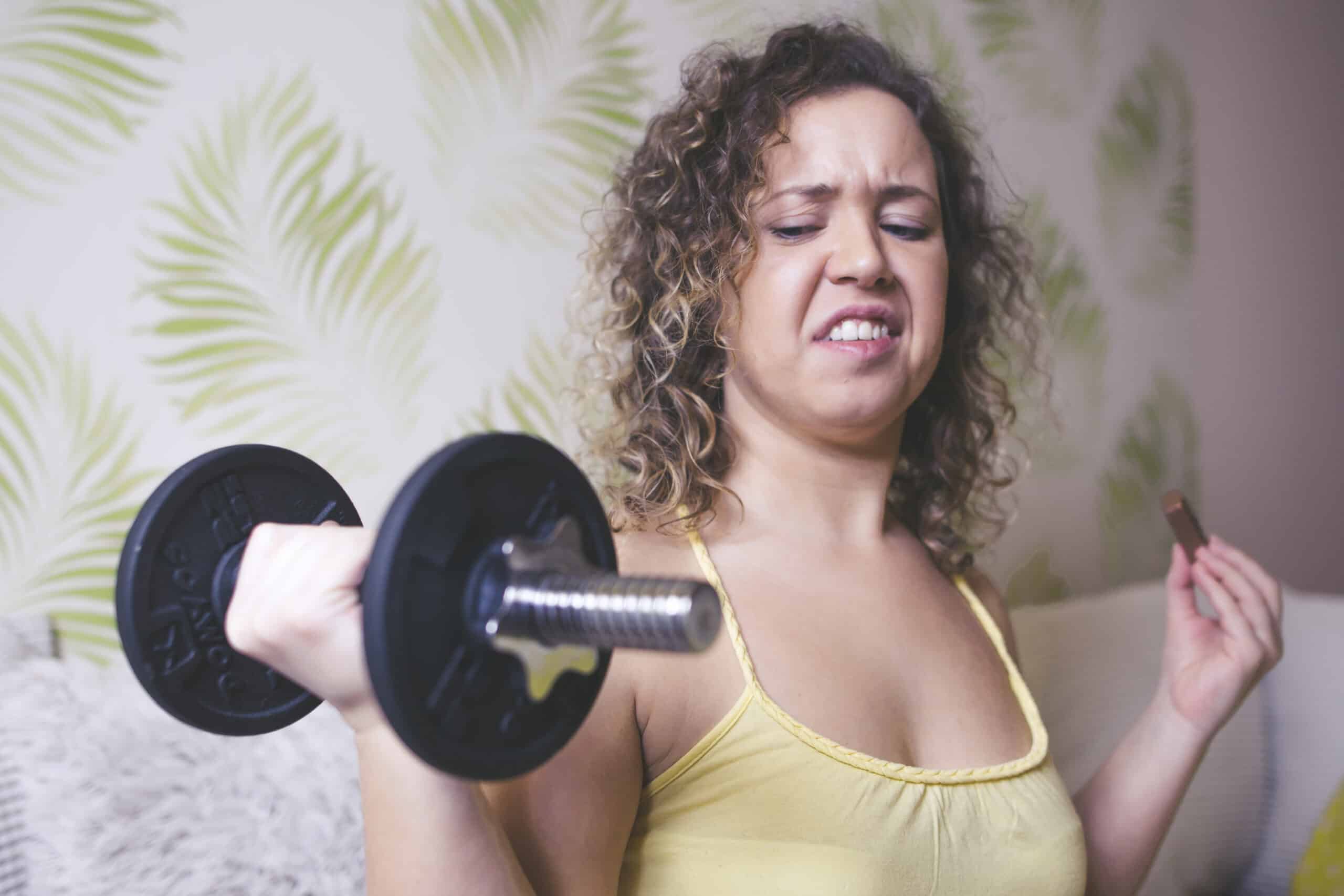According to this study of 2,000 adults conducted by OnePoll, 61% find that pandemic related restrictions such as masks made working out less comfortable, another 53% blame the lockdown closures for falling behind on their fitness, and the same amount admits that they have simply gotten used to having a more sedentary lifestyle. 67% overall now tend to put off exercise, with 73% of those being Millennials that are most likely to do so.
42% say that they are concerned about getting stuck paying for a membership at a gym they don’t like, 36% are too embarrassed to ask for assistance from the staff, and 36% are too embarrassed when they compare themselves to fitness influencers or fitness bloggers. However, 40% of the respondents said that they would like to focus on improving strength training, and 26% would like to improve cardiovascular health this year.
51% report having health issues that prevent them from doing most exercises, 47% say that they can’t find anyone to look after their children while they go to the gym, and the same amount admits that they don’t even know where to begin on a fitness journey.
Lack of time is the top reason reported for Gen Z respondents with 64% listing time as the top reason for putting off exercise, 53% of Millennials blame health issues, and 47% of Gen Xers are unsure of where to begin.
“The pandemic has impacted the workout habits of many, affecting not only where they exercise but also how often,” says Sean Turner, CEO of Les Mills US, in a statement. “On average, respondents shared they spend 49 percent of the time exercising in the gym and 23 percent of the time outside of the gym.”
43% say that they would feel more confident at a gym if they could take classes with others at a similar level, and 39% say that having access to instruction for the equipment and watching instructional videos at home before going to the gym would help to boost confidence. 37% feel more confident when working out in a group, but 34% prefer to work out alone or with a personal trainer solo.
“There are different paths to fitness confidence, depending on people’s preferences and where they are in their journey,” Turner says. “It’s important for gyms to meet people where they are, whether by dialing up the community and social aspects of group classes, or helping people to find their feet and build confidence through solo sessions and support via a club app.”
Just a reminder folks, you don’t need to go to a gym to work out. You can work out at home, or even at a park. For those that like classes there is an abundant supply of resources on the internet you can follow along with, there are even ones that are free. You really don’t need fancy equipment either. I can remember watching my dad use soup cans in a pillowcase to do bicep curls and water jugs in each hand doing squats, among other creative solutions. Where there’s a will, a creative mind can find a way, you can even find tips to work out at home for free online. Your health is worth it.




